All entries for October 2018
October 25, 2018
Buon Appetito! A Review of Venetian Restaurants and Culinary Experiences
My preconceptions about Venetian cuisine as being similar to that in the rest of Italy have vanished since I arrived here four weeks ago at the end of September. Venetian cooking truly stands out as unique in contrast to the techniques I have sampled in regions in both Northern and Southern Italy. It especially differs from the rich pasta and pizza dishes of Sorrento and Naples.
Reinventing and adapting traditional Italian flavours to bring out the best from the local produce, Venetian menus place a strong focus on fish and seafood. The extraordinary freshness of clams (vongole), mussels (cozze), and scallops (scaloppine) is celebrated by respectable restaurants who design menus which place seafood at the forefront. Caught locally and usually procured from the famous fish market Mercato di Rialto, which opened on the Grand Canal as early as 1097, seafood and fish take centre stage in Venice. Handmade pasta and pizza act as secondary elements to balance the strong, salty flavours of fish such as anchovies (acciughe) and seasonal vegetables work in harmony to complete primi and secondi piatti.
However, due to the bustling tourist-filled nature of a few very well-known and romanticised sites in Venice, such as the Rialto bridge and Piazza San Marco, many visitors only venture as far as restaurants within these areas. They leave Venice with the assumption that the food served here is extremely expensive in comparison to it’s quality and yes, within the very popular confines of that specific area, tourists may be justified in that opinion. On the other hand, in my pursuit to escape the tourist traps and to try authentically Venetian cibo I have visited a range of restaurants and bakeries with my friends and also family, who came to visit me last week. These experiences have fortified my love for Venetian food.
A short distance away from the crowds, the largest district of Venice’s six sestieri and located towards the east, Castello is home to many traditional restaurants which serve delicious food at a is moderately price. As my accommodation for this term is also within Castello, I have gone out for dinner most to eateries within this vicinity. A firm favourite restaurant of mine has been Nevodi which is halfway up the vibrant Via Garibaldi. Visiting with my mum and brother for our evening meal was a wonderful experience because the menu offered a variety of exciting seafood dishes which we all enjoyed, including a mouthwatering risotto. The service and the wine list were both excellent however, my highlight was dessert: a heavenly combination of dark liquid chocolate and broken biscuits called salame di cioccolato.
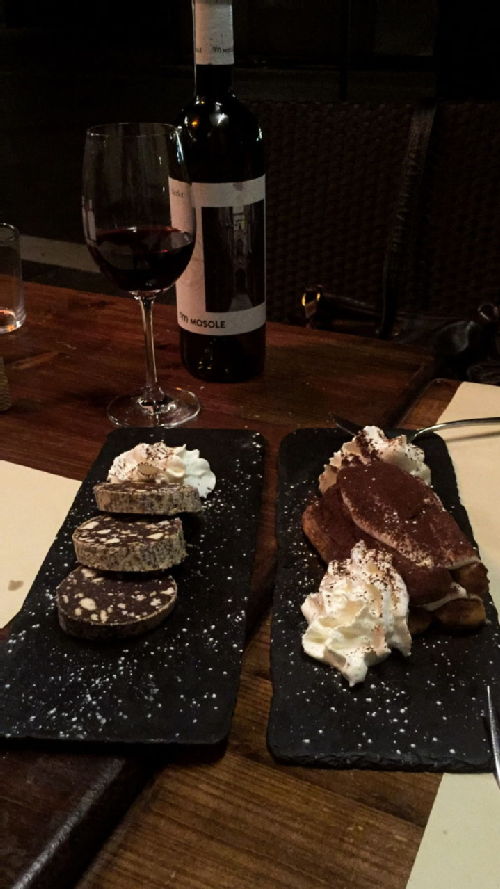
If you are looking to taste exquisite pasta dishes then I recommend either going to 6342 Alla Corte in Zona San Giovanni e Paolo or Spaghetteria 6342 A Le Tole Pizzeria. Both restaurants are situated in Castello and serve equally impressive fresh pasta for approximately between 10 to 16 euros. I particularly enjoyed the duck fettuccine at Spaghetteria 6342 and the quintessentially Venetian spaghetti neri con scaloppine at 6342 All Corte: which also offers outdoor seating in it’s beautiful courtyard. For dinner closer to the cultural hub and to try some delicious mussels, Trattoria Al Gazzettino (Sotoportego de Le Acque 1) in San Marco can be praised for it’s credibility and for being reasonably priced in comparison to the rest of options nearby.
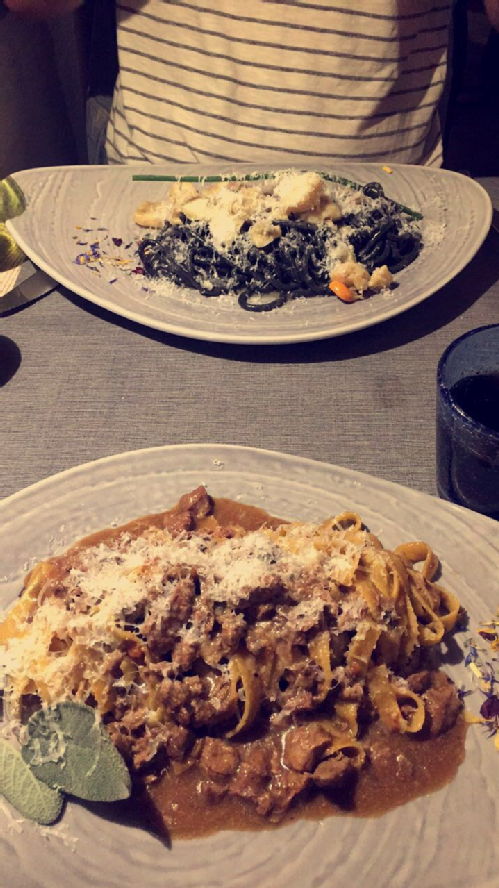
Of course, that leaves perhaps the best for last. Open until 11:30pm and easily accessible from both the Rialto and St Mark’s Square, Gelato Fantasy on Calle Dei Fabbri (San Marco) offers amazing gelato in multiple yummy flavours such as pistachio, tiramisu and even so-called ‘Crema del Doge’. Overall, I urge visitors to Venice to explore the wide variety of outstanding and authentic foods which the locals are so proud to produce. Buon appetito!
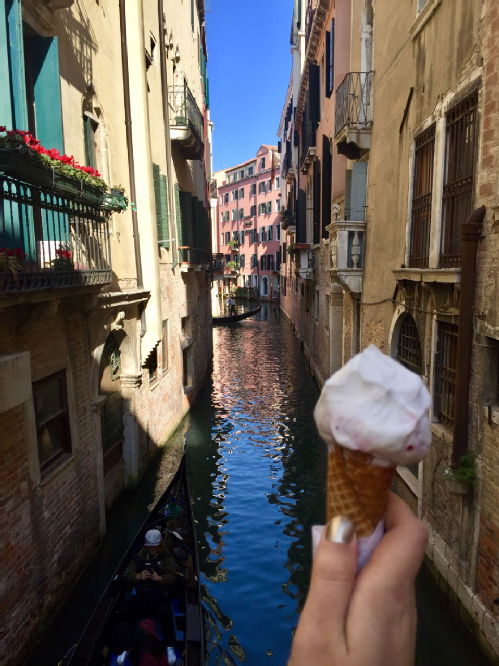
October 17, 2018
Warwick in Venice Site Visit – The Arsenale and The Museo Storico Navale
The unique opportunity to go and visit a historical site within Venice can give a more clear image to the topics being taught by through the university module syllabus. During my second week studying here, professors Jonathan Davis and Luca Mola organised a site visit to the famous Arsenale and the Museo Storico Navale.
We set out to explore the myths surrounding the foundations of Venice’s empire and the policies which it’s Republic created to control it’s territories both on the mainland (stato da terra) and at sea (stato da mar).The site of the Arsenale spreads across a large section of the district of Castello, the most eastern sestieri of the Serenissima. Fortified by the sixteenth century, the tall red brick walls of the former shipyard dominate the neighbourhood of Castello, serving as a lasting reminder of it’s impressive industrial history as the biggest centre for building ships and storing ammunitions and artillery in the Renaissance era. At the dawn of the sixteenth century Venice had a huge population of eighteen hundred thousand, making it one of the four biggest cities in Europe at the time.
The Arsenale as an institution was essential to Venetian trade and the conservation of it’s maritime bases. From the fourteenth and fifteenth centuries, in contrast to it’s naval rival of Genoa which was mainly privately-ran, the state took on the task of organising Venice’s military fleet.
The fourteenth century saw the state develop the merchant galley which could be rented out for trade missions and to carry expensive goods such as spices and cloth. Galleys, until the mid sixteenth century, were based on a previous Roman model with a hull size of five meters. They were relatively quick but ultimately they depended on a crew of 220 people (consisting of three rowers to a bench) who were all willing and ready to act incase of an attack. This work force expanded further during the fifteenth century due to competition with the Ottoman turks. At it’s height the Arsenale provided jobs for around three thousand people who lived and worked in Castello and were employed to prepare the fleets in both times of war and peace.
The gates to the Arsenale were built in 1460 and survive as the first Renaissance monument in Venice. It features a pointed arch, typical of Gothic architecture, and also statues of the gods Neptune and Mars to illustrate the power of Venice as symbols of it’s military and trade. The success of the Venetians at the 1571 battle of Lepanto against the Ottomans is celebrated at the top of this archway. Most notably, the decoration of these gates exemplifies an unique mixture of Eastern and Western traditions which is integral to Venice’s history. The statues of lions, collected around the foot of the gates, were placed there in the late seventeenth century. On the far left there is a lion stolen from Athens.
The Museo Storico Navale is now housed within a simple building in which they used to keep grain deposits, demonstrating Venice’s style of government as a paternalistic state. Within the museum we encountered many intriguing artefacts such as a series of nautical charts. The navigational maps were made since the fourteenth century to trace the geographical distances between various ports. There were also detailed maps and plans of the Arsenale itself which illustrated it’s growth. Alongside a surprisingly accurate plan of Venice by Jacopo de’ Barbari, which was created in 1500 by taking measurements from each of Venice’s bell towers, overall I was struck by the Venetian’s skill for cartography.
Due to the progression of English and Dutch ships, by the seventeenth century the military prowess of the Venetian galleys began to decline because they could not carry as many canons as their naval competitors. Worse still in this later gradual decline, following Napoleon’s invasion of the Republic in 1797 the French forces destroyed a large part of the contents of the Arsenale. Most devastatingly, this included the grand ceremonial barge used by the doges of Venice on Ascension Day called ‘Il Bucintoro’.
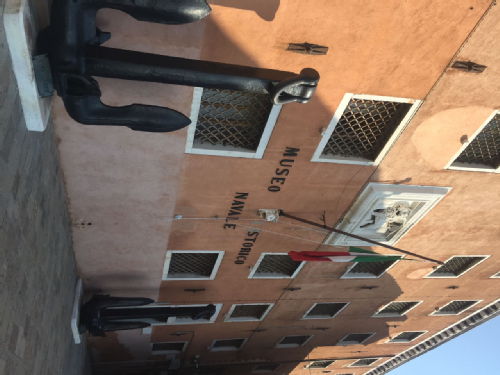
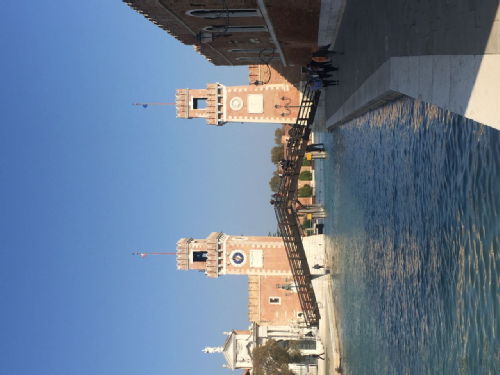
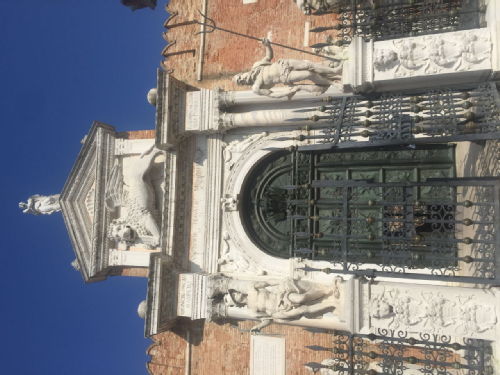
 Samantha Haynes
Samantha Haynes

 Please wait - comments are loading
Please wait - comments are loading
 Loading…
Loading…